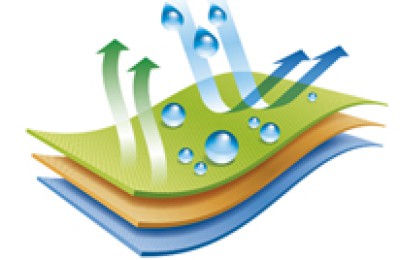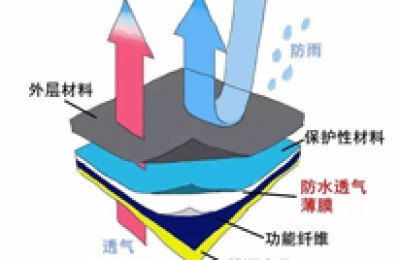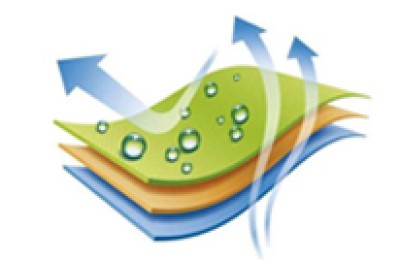After the United States completed the Trans-Pacific Partnership (TPP), the United States and the European Union are advancing negotiations on the Transatlantic Free Trade Agreement (TTIP) at full speed.
The United States and Europe concluded the 11th round of TTIP negotiations in Miami on October 23. The two sides exchanged tariff concession bids for the second time, promoted progress in the field of regulatory cooperation, and plan to start consultations on the sensitive area of financial services in the coming weeks.
The United States has also changed its previous negative attitude and submitted new negotiation plans in almost all areas, including government procurement and agricultural market access.
Chief negotiators from both sides confirmed that the goal of accelerating negotiations is to complete the agreement during President Obama’s term. U.S. White House Trade Representative Froman and European Commission Trade Commissioner Malstrom reached a consensus on this timetable during their meeting on September 22.
The two largest economies, the United States and Europe, account for 60% of global GDP, 33% of goods trade, and 42% of services trade. TTIP will join the TPP as a new trade arrangement covering the Atlantic and Pacific Oceans.
In this tariff reduction bid, both parties are committed to completely reducing 97% of tariff lines to zero, and plan to implement zero tariffs when the agreement takes effect, with no transition period.
EU chief negotiator Ignacio Garcia Bercero said: “In terms of tax coverage, the bids from both sides are now at a comparable (similar) level.”
During this round, the United States also proposed new plans on customs, trade facilitation, rules of origin, government procurement, agricultural market access, technical barriers to trade, small and medium-sized enterprises, and the institutional framework to ensure the smooth implementation of the agreement in the future.
“So far, the United States has put forward negotiation plans in almost all negotiation areas involved in the TTIP agreement.” U.S. chief negotiator Mullaney said.
Besero clarified two key principles for cooperation between the United States and Europe in the regulatory field. First, it can only be based on existing or higher regulatory levels; second, it cannot change existing regulations in public policy areas such as food safety or data privacy.
Negotiations on regulatory cooperation have covered nine industries, including textiles, telecommunications, automobiles, pharmaceuticals, medical devices, cosmetics, chemicals and mechanical engineering.
The United States and the EU also confirmed that the EU is conducting internal consultations on a new investment dispute settlement mechanism. Since the original investor sue state mechanism (ISDS) has encountered great resistance within the EU, the EU has proposed to use the new international investment tribunal to system takes its place.
The two sides are expected to start consultations on financial services in the next few weeks; this will include technical barriers and preferential treatment. The EU hopes to reach consensus on financial regulatory cooperation first.
Both chief negotiators denied that the emissions scandal at German carmaker Volkswagen had any impact on TTIP negotiations. The European side said that since the two sides have very different vehicle emission standards, we have no plans to integrate standards. The United States and Europe plan to complete TTIP negotiations in 2016
The United States and Europe plan to complete TTIP negotiations
After the United States completed the Trans-Pacific Partnership (TPP), the United States and the European Union are advancing negotiations on the Transatlantic Free Trade Agreement (TTIP) at full speed. The Uni…
This article is from the Internet, does not represent Composite Fabric,bonded Fabric,Lamination Fabric position, reproduced please specify the source.https://www.yjtextile.com/archives/10979




